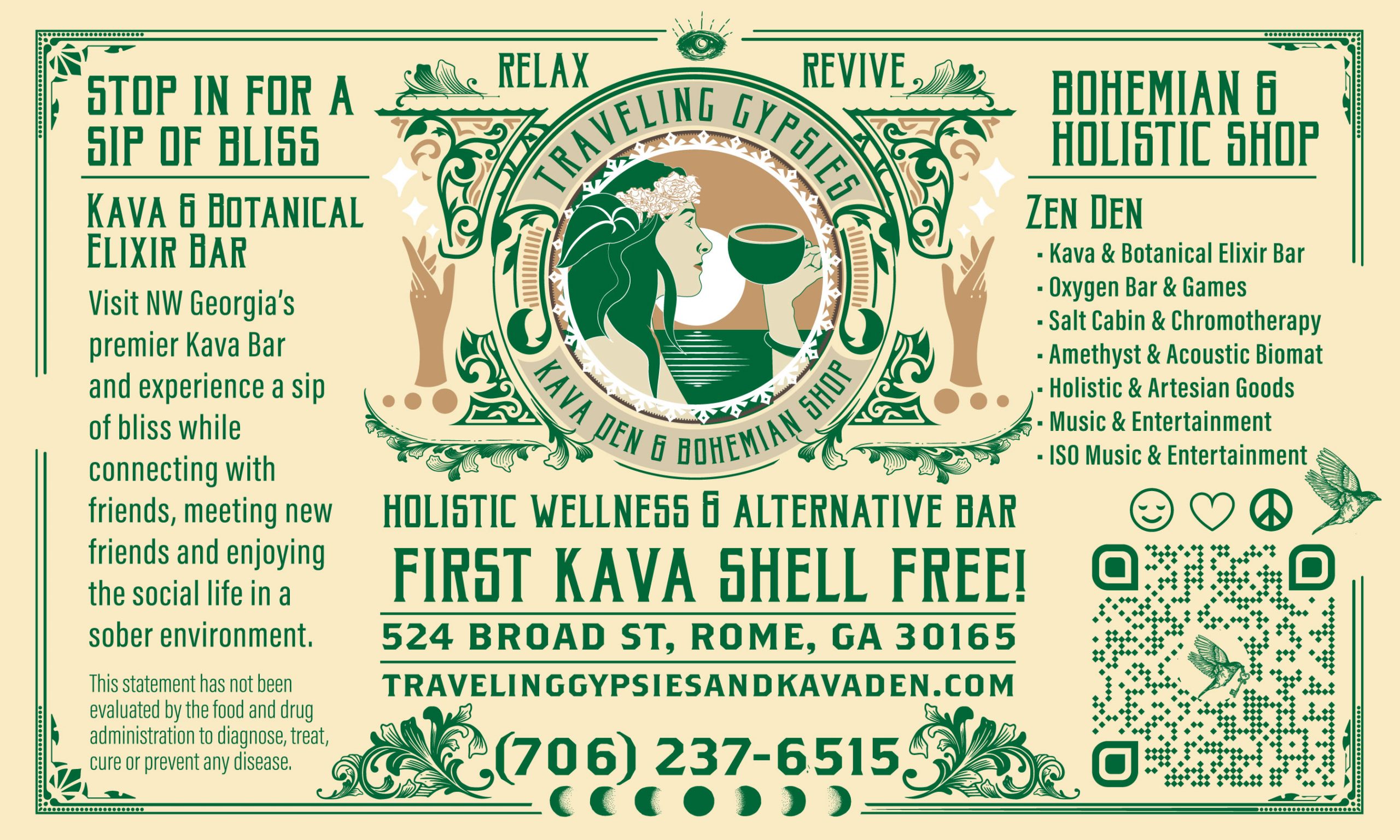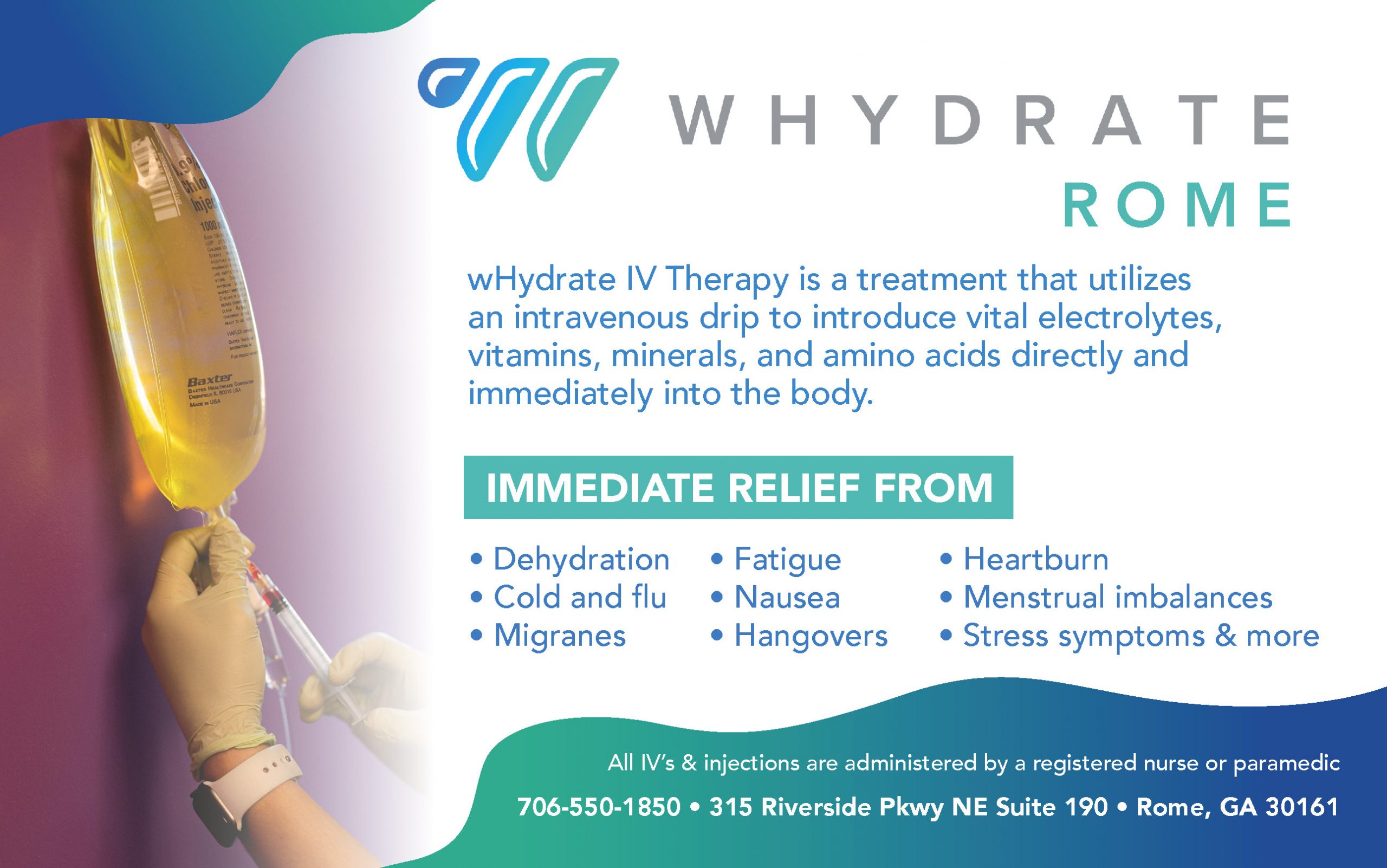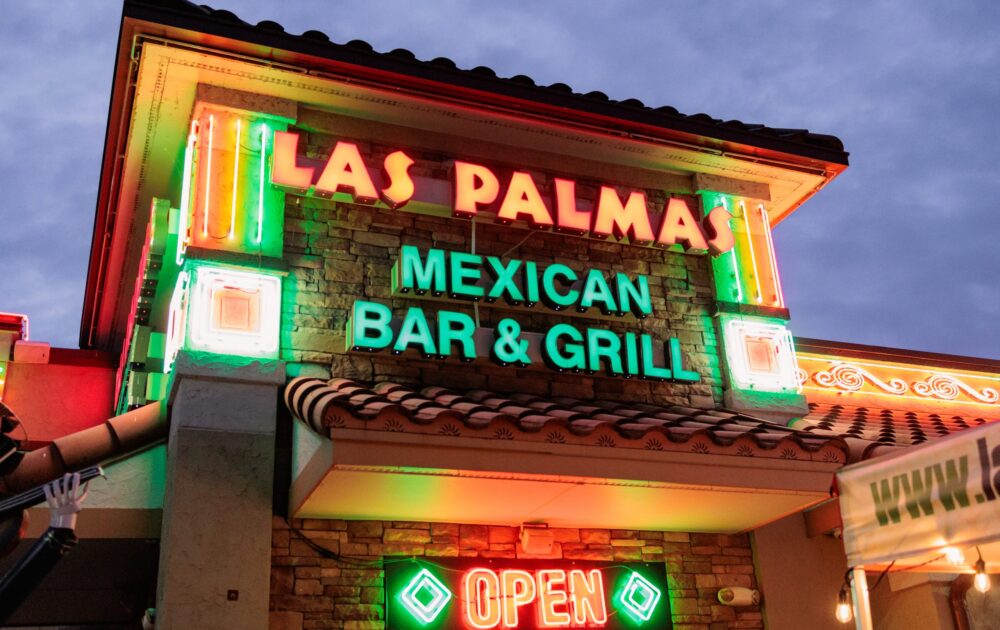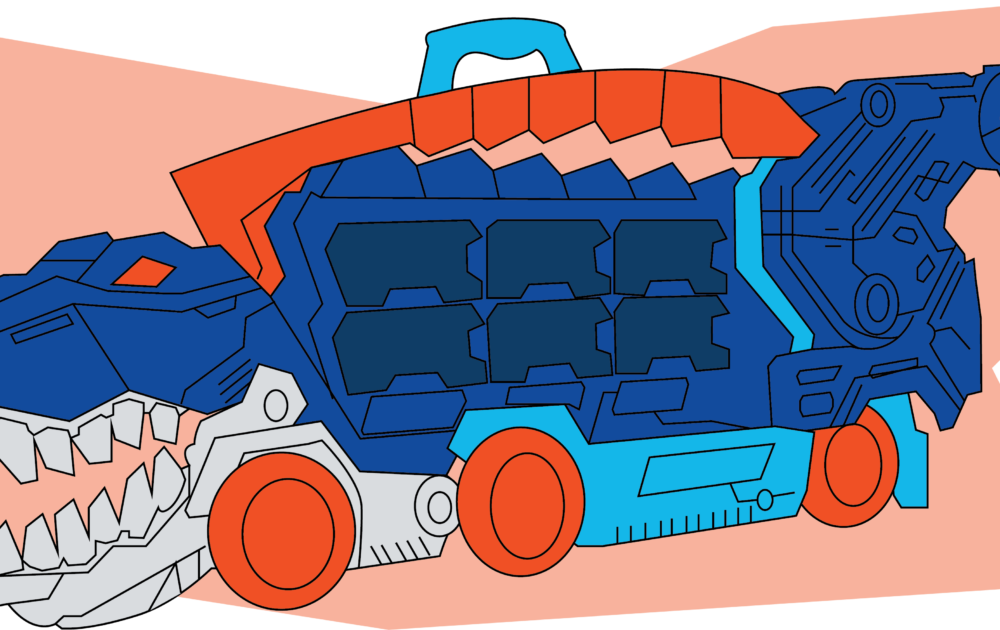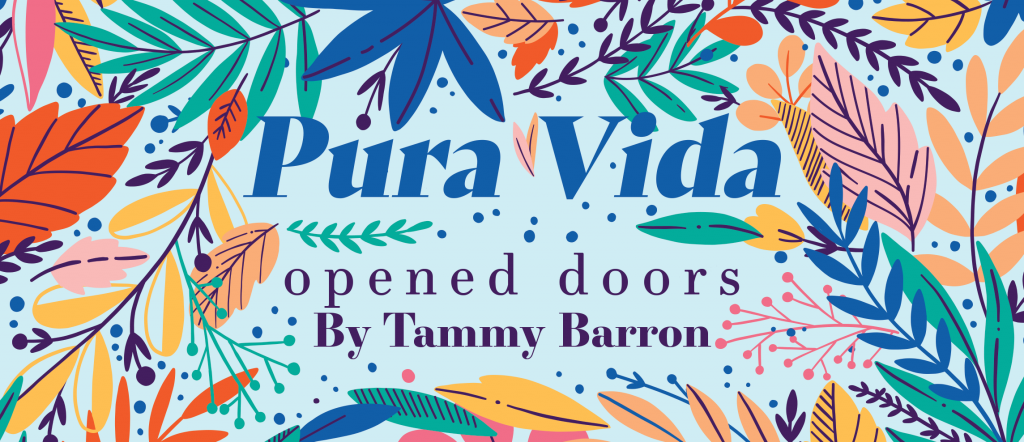
“AAAAH! Mommy! I got bit!” MY SON, BROC, SCREAMS OUT IN THE DARKNESS. I dart through the black “Stay still, I’m coming,” I urge desperately grasping for the light. Milliseconds drudge through tar as my mind calculates the possible attacker in this unfamiliar rainforest. The light clicks on, and I see my boy rigid with fear. He is perched in the smallest ball he can make of himself at the head of his daybed.
I grab him up and pull back the sheet to reveal the biggest scorpion I have ever seen. A horrifying eight inches long with a black and yellow body- the insect inspires immediate dread and sense of helplessness. I try not to think it, to push the thought out of my mind before it forms and solidifies, but it was too late. The outline of my worst nightmare takes shape in my head; my child injured in the jungle and no help for miles.
My mouth goes dry. My husband, George, jumps in to grab it — he has to identify the species and figure out if it is poisonous, and how poisonous. My stomach tightens as I feel my son’s heart racing- I assure him with calm words and look at George expectantly. “There are no scorpions lethal to humans in Costa Rica, unless they have an allergic reaction; similar to that of a bee sting,” he says.
A welt is beginning to form on Broc’s little arm, and I pray this will be the ONE thing he in not allergic to. I hold my breath as I watch to see if the medications we packed do the trick. It is in the early hours of our fourth day in the rainforest of Costa Rica’s Osa Peninsula.
The Osa Peninsula is located on the southern Pacific coast of Costa Rica. Its premiere rainforest is named one of the most biologically intense places on Earth by National Geographic. Between the Corcovado National Park and Caño Island Biological Reserve, you can find any adventure imaginable.
There are spring-fed rivers, tide pools, waterfalls, and forest trails to explore for a truly authentic natural experience. One can find various exotic animals — many species I’d never heard about — flying, swinging, crawling, and scurrying about in the cover of the tropical canopy. This place was calling my name.
Beyond its lush rainforests and biodiversity Costa Rica is known for “Pura Vida,” a phrase that hangs on the lips of every passerby. It can mean hello, goodbye, as well as a way to describe someone, place, or experience. Directly translated as “pure life” it is more of a philosophy than a phrase. Pura Vida is a way of life: to be happy in the present moment. Costa Ricans (Ticos) see the world with simplicity, positivity and optimism. There is a reason it is said to be the happiest place to live.
The fostering of a connection to nature and the environment plays a huge role in Pura Vida. The ocean, beaches, and forests beckon more than the tourists. Ticos have a deep appreciation for nature and there seems to be a hyperawareness of the environment and its effects on communities.
Subsequently, many locals and businesses alike honor sustainable practices as best practices. This seems a far cry from corporate America where profits reign supreme — even taking a look at my own practices, I see how often I manipulate my environment to fit my will and purposes. This is where complications begin.
The reminder that life does not need to be as complicated as we often make it inspires me to reevaluate my priorities. The household projects, private lessons, travel sports, etc. consume me, and I become a slave to the family’s schedule. The multitude of activities rage out of control, and yet very few moments are spend truly engaged with each other. Someone is always on their phone or planning ahead for the next thing.
Now add building a house to the equation, a process in which small details can and often do take on ridiculous proportions and gravity, and you have the epitome of complicated. There are days when I ask myself, “Why are we doing this?” “Is this really necessary?” The answer: of course not. I wonder if the principle of the American Dream as something to be chased and fought for — has in its very essence — created a culture of discontent and yearning? Is it possible then to be happy with the job you have, the home you’ve made for yourself, and the body you are in? In its most fundamental core, Pura Vida is the gratitude for life and how it has served you. This suggests contentment is possible.
We make it to the break of day. My son is fully recovered from the scorpion sting and has a new look of worldly experience in his eye, if not a bit of bravado. Despite the tremendous fishing and hiking expeditions, I think the scorpion will be his most memorable moment of the trip. This morning, we sit together watching the sun crest over the water of the Golfo Dulce, and quietly listen to the jungle awaken around us.
Time passes not with the ticking of a clock; but in our awareness of each other and the wonders that surround us. There is an undercurrent of excitement for today’s climb to the waterfalls, but this moment is real; tangible in a way that drops a pin in the timeline of my life to these precious minutes we have together. Moments shared — happy and healthy — together. This is my Pura Vida.
I like to think this wisdom can follow me after the vacation is over and we are once again home, rushing to soccer, managing a farm, and building a house. It is a familiar desire, when the holiday ends, to keep the spirit going; to continue to breathe deeply and enjoy the journey each day brings. Perhaps the answer is in Pura Vida, a pure life of gratitude for all our blessings and a daily reminder to be content with what life brings you.

